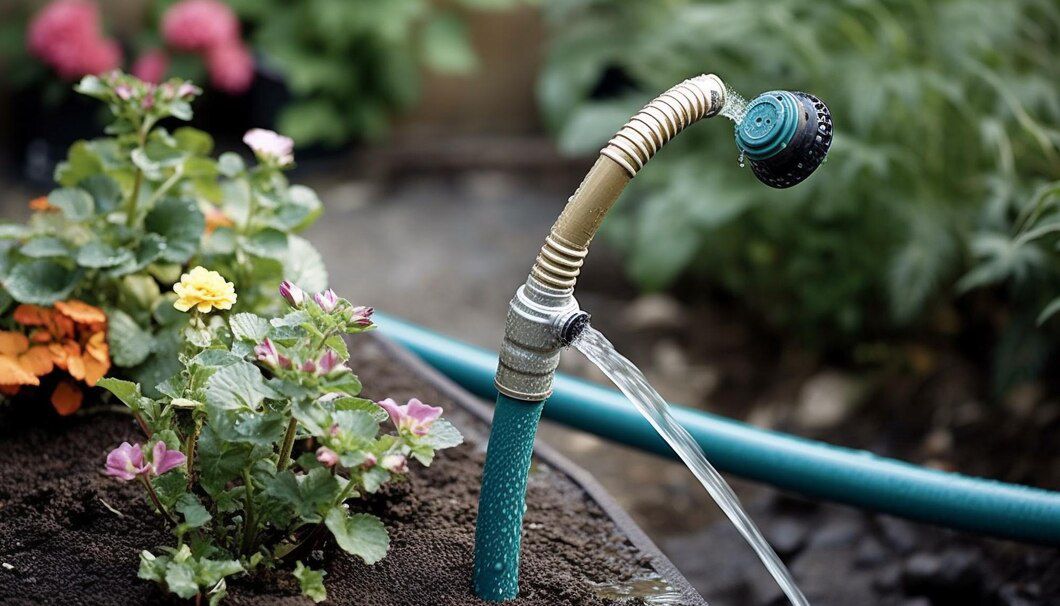Hassle-Free Watering: The Art of Irrigation Pipe Selection

Efficient and effective watering is the cornerstone of a thriving garden or farm. When it comes to irrigation, selecting the right pipes is crucial for ensuring hassle-free and sustainable water distribution. The choice of irrigation pipes can significantly impact water conservation, maintenance, and overall productivity. This guide will explore the art of these pipe selections, providing valuable insights on making the best choice for your specific needs.
1. Understanding Your Water Source
Before delving into the selection process, it’s essential to understand your water source. Whether you have access to a well, river, pond, or municipal water supply, the type of water source can influence your pipe choice. Some water sources may contain sediments or chemicals that could affect the lifespan of your pipes. Consider these factors when making your selection:
– Water quality: Assess the water quality for impurities, sediments, and chemical content.
– Water pressure: Determine the water pressure available from your source.
– Water volume: Calculate the amount of water you need for your irrigation system.
2. Types of Irrigation Pipes
a. PVC (Polyvinyl Chloride) Pipes
PVC pipes are lightweight, durable, and resistant to corrosion. They are ideal for carrying pressurised water and can withstand high water pressure. These pipes are cost-effective and easy to install. However, they are unsuitable for hot water, which may cause them to warp.
b. Polyethylene (PE) Pipes
PE pipes are flexible and resistant to UV rays, making them suitable for above-ground and buried applications. They are available in various sizes and are highly durable. PE pipes are easy to transport, install, and maintain. They may be less suitable for very high-pressure systems.
c. Drip Irrigation Tubing
Drip irrigation tubing, often made of plastic or rubber, is perfect for delivering water directly to plant roots. It conserves water by minimising evaporation and runoff. These tubes come in various diameters, allowing for customised watering. Regular inspection and maintenance are crucial to prevent clogs and leaks.
d. Metal Pipes
Metal pipes, such as galvanised steel or aluminium, are exceptionally durable and can withstand high pressure. They are often used for large-scale irrigation systems. However, they can be heavy, expensive, and prone to corrosion if not properly maintained.
3. Pipe Diameter
The diameter of your pipes is a crucial consideration. The right diameter ensures that water is delivered at the required rate and pressure. To determine the appropriate diameter:
– Calculate the flow rate you need for your specific irrigation system.
– Consider the length of the pipe and the friction losses.
– Choose a pipe diameter that matches your flow rate requirements while minimising friction losses.
4. Assessing Environmental Factors
– Sun Exposure: If your pipes will be exposed to direct sunlight, opt for UV-resistant materials to prevent degradation.
– Temperature Extremes: In areas with extreme temperatures, choose pipes that can handle freezing conditions without cracking.
– Soil Type: The soil composition can affect the pipes’ choice. Certain soils may be more corrosive or abrasive.
5. Budget and Longevity
Your budget is a critical factor in choosing pipes, but it’s essential to strike a balance between cost and longevity. While some pipes may be more expensive upfront, their durability can lead to cost savings in the long run. Consider your budget and the pipes’ projected lifespan when deciding.
Conclusion
Selecting the right irrigation pipes is an art that involves a thorough understanding of your water source, environmental conditions, and system requirements. By taking these factors into account, you can ensure hassle-free watering, efficient resource usage, and the longevity of your irrigation system. Whether you opt for PVC, PE, drip irrigation tubing, or metal pipes, make an informed choice to support the growth of your garden, farm, or landscape while also conserving water and minimising maintenance efforts.






